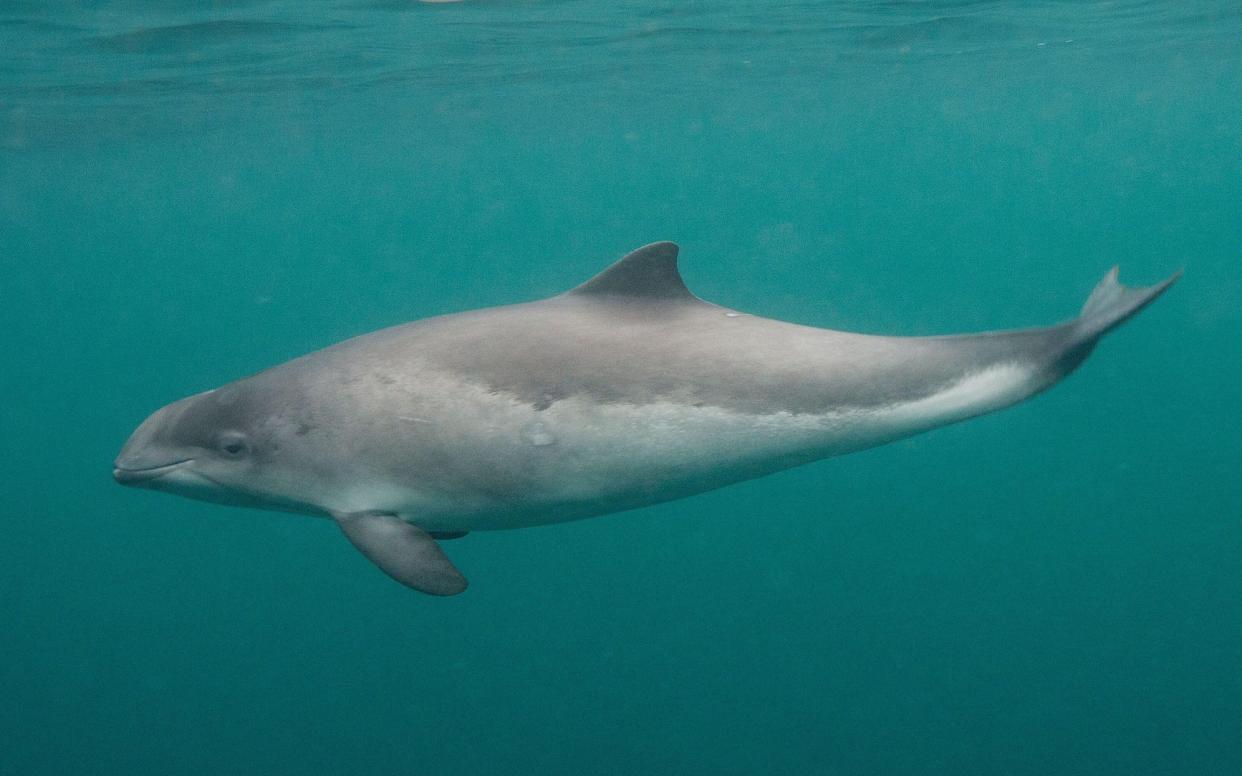‘Flourishing’ harbour porpoises return to the Thames

Harbour porpoises are flourishing in the Thames after returning to the river in recent years, ZSL has found.
The river is now deemed to be a “vital habitat” for the marine animals which are native to British waters, marking a remarkable recovery from when the river was declared “ecologically dead” in 1957.
The porpoises were commonplace in the Thames Estuary in the 1800s, but pollution in the wake of the Industrial Revolution drove all wildlife away from the toxifying waters.
A clean-up effort in the latter half of the 20th century saw life return, but sightings were still “infrequent” in the 1980s before offshore sightings stabilised.
But while there has been anecdotal evidence of an increase in sightings in recent decades, by fishermen and the public, there has been little in the way of dedicated porpoise research.
To fix this, the Zoological Society for London (ZSL) performed two surveys to gauge porpoise behaviour and presence in the Thames, one in 2015 and one in 2022.
Both found the species to be flourishing, with 31 total detections during the two surveys, with each one lasting a week. Sixteen were spotted in April 2022.
Vitally important habitats
“It seems likely that the high encounter rate observed in the Thames is indicative of the importance of UK estuaries for harbour porpoises in general,” the ZSL report states.
“As such, we would recommend further survey work is conducted both in the Thames and in estuaries around the UK.”
Harbour porpoises are notoriously shy and elusive, veering away from noise and activity, which makes sightings and surveys difficult.
The scientists from ZSL, in conjunction with Marine Conservation Research International (MCRI), used a hydrophone - an underwater microphone - towed behind a boat to detect the high-pitched ultrasound noises made by Europe’s smallest whale species.
Harbour porpoises emit squeaks at a very high frequency, up to 160Hz, which is an audio range unoccupied by other animals, allowing scientists to spot the animals by their high-pitched bleats which are far outside the human range of hearing.
“The harbour porpoise is a ‘sentinel species’ - like the old adage ‘canary in the coalmine’, its presence is an indication of how healthy an ecosystem is,” said Anna Cucknell, ZSL’s ecosystem restoration project manager.
“The porpoise numbers we’ve recorded in the Thames are comparable to those recorded in European protected sites, suggesting that the Thames, and potentially other UK estuaries, are vitally important habitats for harbour porpoises.”
The report published on Wednesday by ZSL found that the estuary is a hive of activity for seabass and flounder in the Spring, and therefore a fertile hunting ground for the fish-eating harbour porpoises.
Also, harbour porpoises are known to frequent areas where saltwater and freshwater merge, such as estuaries, to forage for food.
Estuary protection zones
In addition to this, the scientists say, there is evidence that the species uses coves, bays and estuaries, where there is more coastal protection, to calve.
“Using this rationale, it seems likely that the relatively high encounter rate observed in the Thames could be indicative of the importance of UK estuaries for harbour porpoises in general,” the researchers write.
“Detecting a high number of harbour porpoises in the Thames Estuary this year signifies that large numbers are spending time outside of protected, offshore zones to find food and breed,” said Ms Cucknell.
Scientists and conservationists are encouraged by the finding that the porpoises, which are less than two metres long, are doing well in the Thames, but warn the species faces challenges.
For example, their hatred of vibrations means construction and infrastructure development projects will have a negative impact on them.
The report points out that in the last decade, the Thames Estuary has seen the erection of the new Tideway Tunnel, offshore windfarms and the London Gateway “super port” in addition to regular ship traffic and fishing.
“The continued rapid development in the Thames may be a cause for concern, given the declines in densities of harbour porpoise documented in other Southern North Sea studies, possibly in relation to anthropogenic pressure,” the report warns.
Ms Cucknell adds: “Our intention is that our report will inform future conservation actions for this elusive marine mammal and provide evidence for wider coastal and estuary protection zones in the UK.”

 Yahoo Movies
Yahoo Movies 
